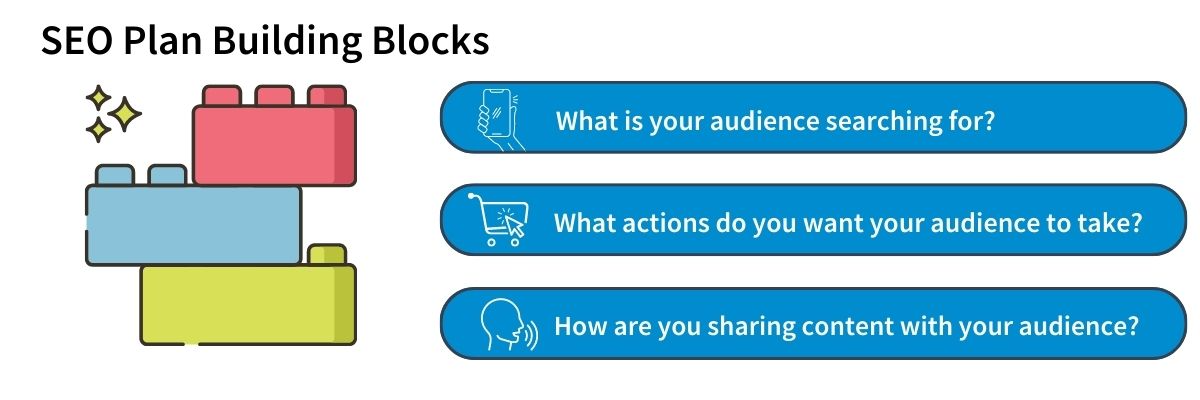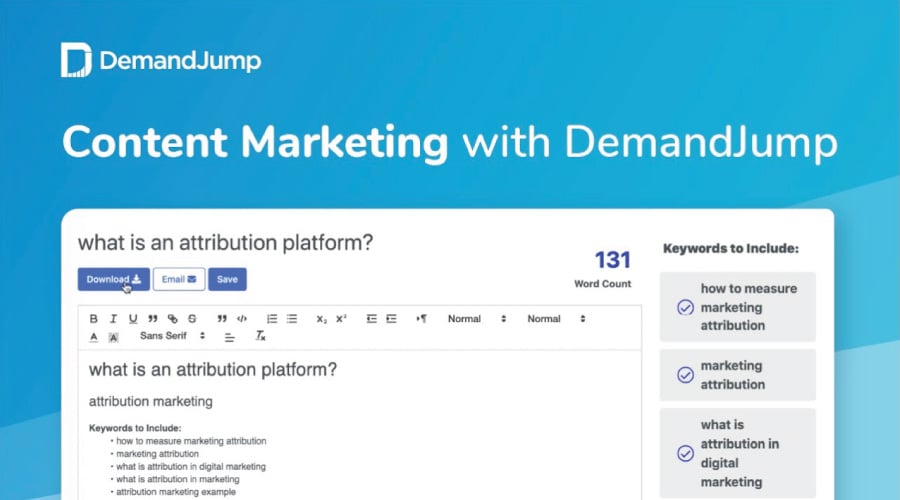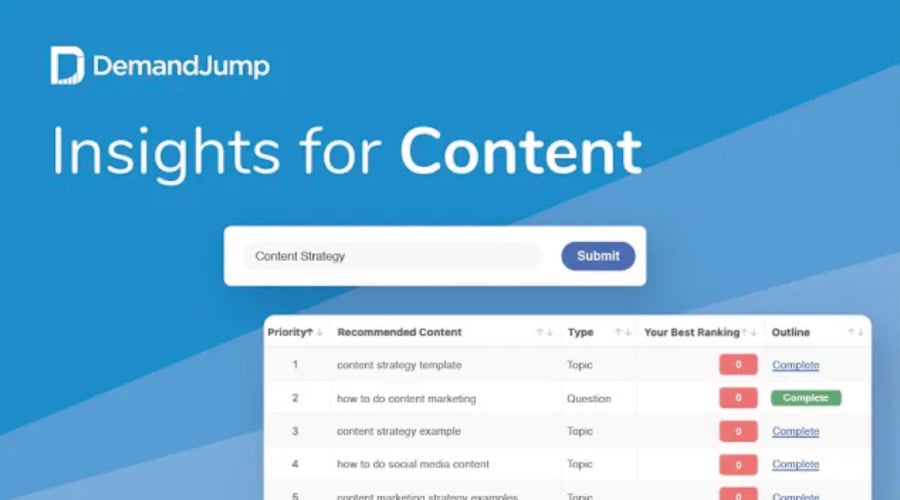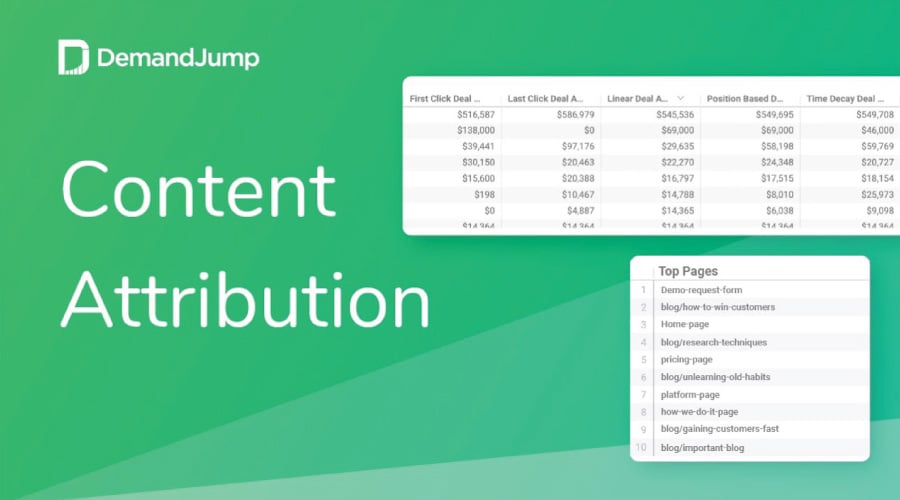A robust search engine optimization (SEO) strategy is a necessity for any marketing team that’s worth their salt. After all, there are 3.5 billion Google searches made every day (see today’s volume at Internet Live Stats), and an SEO strategy is what gets your business to show up on search engine results pages (SERPs). Yet, even with so many daily searches, an astonishing 90% of web pages get zero traffic. That means no readers, no leads, and no conversions. So what can your team do to ensure that your web page reaches your audience and attracts customers? It all starts with a plan.
In this blog, you’ll find what you need to create a comprehensive SEO plan. To take the guesswork out of your strategy, we’ll provide answers to pressing questions, including:
- How does SEO fit into my digital marketing strategy?
- What does my SEO strategy need to be successful?
- How do I start my first SEO project?
Let’s get to it!
How SEO Works in Digital Marketing
SEO is a critical component of any digital marketing strategy because it capitalizes on an extremely common activity—looking things up online. When thinking about how SEO fits into your digital marketing plan, consider both the results this method can achieve and what role it fits within your overall strategy. Here’s how you can frame the discussion for your SEO strategy in 2023 and beyond:
- SEO Results: The primary goal of SEO is to gain visibility for your business’s website (or specific pages on that site, such as your services page). To achieve this goal, SEO best practices in 2023 are meant to place your website in the top ten SERP listings. Why? Because clickthrough rates (CTR) after the tenth position are nearly non-existent. According to Search Engine Journal, the CTR for the top ten positions are:
- First: 28.5%
- Second: 15.7%
- Third: 11.0%
- Fourth: 8.0%
- Fifth: 7.2%
- Sixth: 5.1%
- Seventh: 4.0%
- Eighth: 3.2%
- Ninth: 2.8%
- Tenth: 2.5%

The higher your website ranks, the more people will see it, read what you have to say, and take the actions you want them to take.
- SEO Digital Marketing Roles: To get your webpage to the top ten positions—where all the readers and buyers are—SEO content needs to:
- Educate Your Audience: Your content needs to teach readers how to solve problems they’re experiencing. After all, that’s what brought searchers to your website in the first place. Make sure your content provides clear and thorough answers to commonly searched questions. Not sure what people are searching for that’s related to your business? Use DemandJump to find keyword and question clusters with the highest search volumes.
- Build Your Authority: Your content needs to build trust between your business and your audience. According to Statista, only 30% of people trust advertisements from websites. How can your business overcome this trend? By prioritizing educational content over sales-oriented language. Your goal with your content should be to help your readers solve their problems first. Sales language helps guide your readers to make a purchase, but it should only show up when it’s relevant.
- Drive Action: Your SEO content should include a call-to-action (CTA) that lets your readers know what to do next. CTAs can be a link to one of your specific products or services, a form to schedule a demo, more educational content, or anything that contributes to your marketing goals. As we mentioned in the previous points, CTAs should be used sparingly in each blog to keep the focus on educational content which builds trust with your readers.
How To Integrate SEO into Your Digital Marketing Strategy
To get the most out of your SEO plan, this method needs to connect to your other digital marketing initiatives. For example, you can further improve your reach by:
- Promoting new content on social media. Posting your blogs on social media can help your audience see your content before they search for it. This attracts readers more quickly, which adds valuable touchpoints.
- Using paid search engine ads to quickly gain visibility. Similar to social media, paid ads can quickly promote your content to new readers. These ads are a piece of a viable long-term strategy, so you shouldn’t rely only on this method to generate traffic. However, paid ads can support your blogs until they have enough “SEO juice” to rank high on their own.
- Repurposing SEO blogs for other marketing channels. The educational content you create for SEO purposes isn’t just useful in your blogs; you can also use quotes, graphics, and other excerpts in a variety of marketing channels including: email newsletters, social media posts, and more!
SEO can form an enduring pillar to support your digital marketing strategy. In fact, we like to refer to organic SEO content as one of the few appreciating assets in marketing. The more content you create, link together, and maintain, the more successful your strategy will be as time goes on.
What Is an Example of SEO in Digital Marketing?
Pillar-Based Marketing (PBM) is a new—yet proven—example of how effective SEO is as a digital marketing strategy. This type of SEO plan focuses on creating clusters of content that cover related topics, also known as Pillars. These Pillars are “propped up” by Sub-Pillars and Supporting Blogs, which dive deeper into topics introduced in the Pillar. Here’s how an overview of this plan looks:
- One Pillar Page: In this 3,000-word piece, you can provide an ultimate guide of a topic. By including approximately 20 high-value keywords and questions, you can connect with readers when they search the internet for answers.
- Three Sub-Pillars: These pieces are 1,500-2,000 words and contain about 15 keywords and questions. The purpose of Sub-Pillars is to answer more specific questions that are mentioned in the Pillar. Sub-Pillars include links to the Pillar to make it easier for readers to find more information while staying on your website.
- Twelve Supporting Blogs: These are the most specific pieces of content, and they typically focus on a singular question or topic. To answer this question, Supporting Blogs are about 750 words and contain eight keywords and questions. Supporting Blogs link up to Sub-Pillars and your Pillar to help boost those pages’ rankings.
To see PBM in action, check out the Pillar network we wrote about it!
How To Do SEO
When making your SEO plan, it’s important to account for the four main types of SEO, which are:
- On-Page SEO
- Off-Page SEO
- Technical SEO
- Local SEO
Let's take a closer look at each of these types of SEO and what you can do to leverage them.
What Is On-Page SEO in Digital Marketing?
On-page SEO refers to the customer-facing content on your website that impacts how high (or low) your site ranks on SERPs. This includes content such as your blog posts, product descriptions, and your “about us” page. To improve your on-page SEO, write content that is clear, concise, and provides solutions to commonly searched questions. Avoid outdated SEO “shortcuts” like keyword stuffing (using the same keywords over and over again to the point where it makes your website harder to read) and reusing content instead of producing fresh writing.
What Is Off-Page SEO in Digital Marketing?
Off-page SEO is what happens away from your website that still affects its rankings. This type of “SEO juice” can come from sources that you control (like social media and digital ads) or sources that you have less control over (like content on other businesses’ websites that links back to your site). To improve your off-page SEO, stay active on social media platforms that your target audience uses and promote new content and products with well-placed ads to drive traffic quickly. When finding ways to acquire more backlinks, avoid link farms, which are sites that accept payment to link to your site. Although this may seem like a good idea, search engines like Google punish this method of trying to game the system.
What Is Technical SEO in Digital Marketing?
Technical SEO is how the mechanics of your website affect its rankings. This includes things like your site’s loading speed and ease of navigation. To improve your technical SEO, quicken loading speeds by compressing images, condensing code, and reducing the amount of redirection pages. You can also ensure that each of your webpages are clearly labeled, so both people and web crawlers can easily find their way around. One common trap to avoid in technical SEO is assuming that all of your links still work. Whenever you update your sitemap, you could interfere with how internal links function. Keep your links current to avoid frustrating error pages and lower SERP rankings.
What Is Local SEO in Digital Marketing?
Local SEO refers to how well your site ranks for searches focused on businesses “near me.” You can connect with searchers in your local area by including keywords with “near me” or “in [insert your location].” You should also set up a Google My Business page to ensure that you show up in Google Maps search results. When optimizing for local searches, it’s important to have reviews up on your Google My Business profile. However, avoid lashing out at negative reviews, as this will reflect poorly on your level of professionalism.
To give your website the best chance of success, follow best practices for on-page and off-page SEO as well as technical and local SEO.
How Do I Plan My SEO Strategy?
To plan your SEO strategy, you need to identify which SEO methods you will use to boost rankings, and you need to create a process for carrying out that strategy. For example, you could choose Pillar-Based Marketing as your primary method for increasing rankings. To ensure that your Pillar content performs as best it can, you will also need to set deadlines, find writers, define a publishing process, promote your content, and assign team members to implement each step.
To get started, download our free SEO plan example! This SEO action plan template will help you layout topics for your Pillar, Sub-Pillar, and Supporting Blog content. You’ll also have space to enter drafting and publishing deadlines as well as tracking promotions. For more on how to get the most out of your SEO plan, take the Strategist Pathway Course in DemandJump University, which comes included with every DemandJump account.

What Should Be Included in an SEO Plan?
Whew…there’s a lot that goes into creating an SEO plan! Here are the essentials to guide your process:
- Determine your organizational goals.
- Set key performance indicators (KPIs) to measure results.
- Assign roles for strategy creation, writing, publication, promotion, and performance analysis.
- Choose a topic for your content that:
- Provides value for your audience.
- Supports compelling CTAs that support your business goals.
- Write content following on-page SEO best practices (and local SEO, when relevant).
- Publish content following technical SEO best practices.
- Promote content following off-page SEO best practices.
- Compare KPIs to goals to find areas for improvement.
Can I Do SEO On My Own? With DemandJump, You Can!
Every business should be doing SEO, and with the right tools, you can see incredible results! DemandJump is an SEO content creation platform designed to make key parts of your SEO plan easier. Here’s how:
- Determine which topics to write about using Topic Insights and Competitor Rankings tools.
- Map out your SEO plan with Pillar Strategy tools.
- Know exactly which keywords and questions to focus on for each piece of content using Content Briefs.
You can do SEO on your own, and you should! Don’t wait another day to start climbing SERP rankings.











